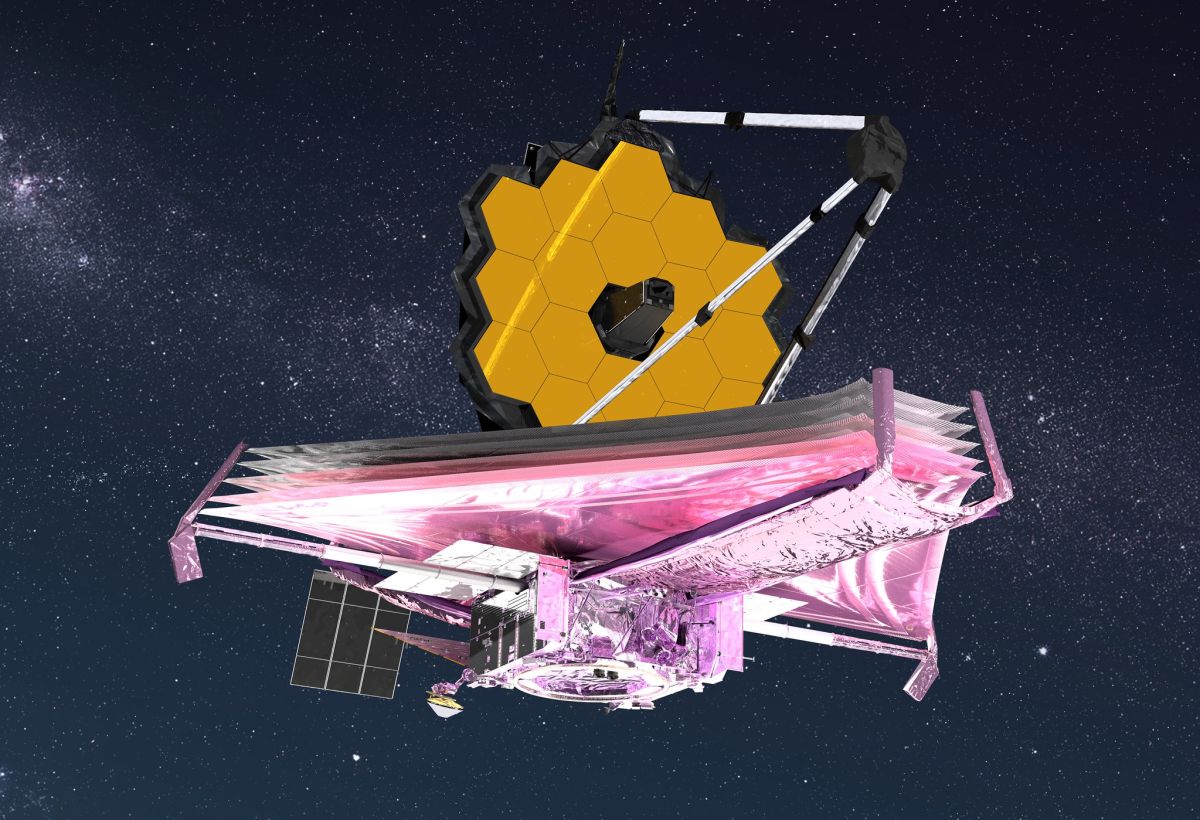The University of Colorado, Boulder, has unveiled a 1:10 billion scale-model solar system with an interactive sound experience. The post A New Scale-Model Solar System appeared first on Sky & Telescope.
Read MoreMonth: January 2022
How long does it take to get to Mars?
If you wanted to travel to Mars, how long would it take? The answer depends on several factors, ranging from the position of the planets to the technology that would propel you there. According to NASA, a one-way trip to Mars would take about nine months. If you wanted to make it a round-trip, all in all, it would take about 21 months as you will need to wait about three months on Mars to make sure Earth and Mars are in a suitable location to make the trip back…
Read MoreNASA wants your ideas to reuse trash and waste on a Mars mission
NASA just opened a challenge seeking ways to go to Mars and back with a minimum of wasted materials. The agency’s tournament lab, along with crowdsourcing platform HeroX, have launched a “Waste to Base” challenge looking for ideas to recycle trash, waste, carbon dioxide and foam packaging materials during a two- to three-year crewed Red Planet mission. Competitors have until March 15 to enter the challenge, and several prizes of up to $1,000 each will be awarded for novel ideas, out of a total purse of $24,000. The winner should…
Read MoreJames Webb Space Telescope marks deployment of all mirrors
NASA’s massive new observatory has notched another milestone. After nearly a full month in space, the James Webb Space Telescope, also known as JWST or Webb, is nearly at the end of its deployment work. The complicated series of deployments has seen the telescope transform from its tightly-folded launch configuration to what looks like a real observatory, although science observations remain months away. “Just in from the @NASAWebb team: All 18 primary mirror segments and the secondary mirror are now fully deployed!” NASA Administrator Bill Nelson wrote in a tweet…
Read MoreSet Your Sights on this Lunar Bull’s-Eye
Go ahead, live on the edge: Grab your chance this month to see Mare Orientale, one of the most spectacular lunar seas most people have never seen. The post Set Your Sights on this Lunar Bull’s-Eye appeared first on Sky & Telescope.
Read MoreOne Year into the Biden Administration, NASA Looks to Future
Over the past year, NASA has made valuable contributions to Biden-Harris Administration’s goals – leading on the global stage, addressing the urgent issue of climate change, creating high paying jobs, and inspiring future generations.
Read MoreRemembering Trailblazing Pilot Charles McGee
Retired U.S. Air Force Honorary Brigadier General Charles McGee, left, spoke with NASA astronaut Alvin Drew in 2020.
Read MoreSpaceX launches 49 Starlink internet satellites, lands rocket at sea
SpaceX’s Starlink internet megaconstellation keeps growing. A two-stage SpaceX Falcon 9 rocket topped with 49 Starlink satellites lifted off from NASA’s Kennedy Space Center in Florida today (Jan. 18) at 9:02 p.m. EST (0203 GMT on Jan. 19). About nine minutes later, the rocket’s first stage came down to Earth for a pinpoint touchdown on the SpaceX droneship A Shortfall of Gravitas, which was stationed in the Atlantic Ocean off the Florida coast. Related: SpaceX’s Starlink satellite megaconstellation launches in photos The first stage of a SpaceX Falcon 9 rocket…
Read MoreHere’s how the James Webb Space Telescope is aligning its mirrors in deep space
The James Webb Space Telescope continues to fine-tune its mirrors to ultimately peer into the deep and distant universe. The telescope launched Dec. 25 with the 18 hexagonal segments of its primary mirror and its secondary mirror folded up and stowed so that the components would survive the rigors of liftoff. Now, the telescope is close to reaching its way to its deep-space destination and is starting to move those mirror segments into alignment. “Before launch, the mirrors were all positioned with the pegs held snug in the sockets, providing…
Read MoreLasting devastation from Tonga volcano eruption revealed in satellite images
Tonga’s volcanic eruption has left behind damage so severe that satellites can see it from space. On Saturday (Jan. 15), the volcano erupted on the island Hunga Tonga-Hunga Ha’apai in the South Pacific kingdom of Tonga after it began brewing a couple of days earlier. It was the volcano’s second explosive event in two months, and this eruption was seven times as powerful as the previous eruption in December, with its consequences reaching out thousands of miles across planet Earth. “A volcanic mushroom plume was released reaching the stratosphere and…
Read More
